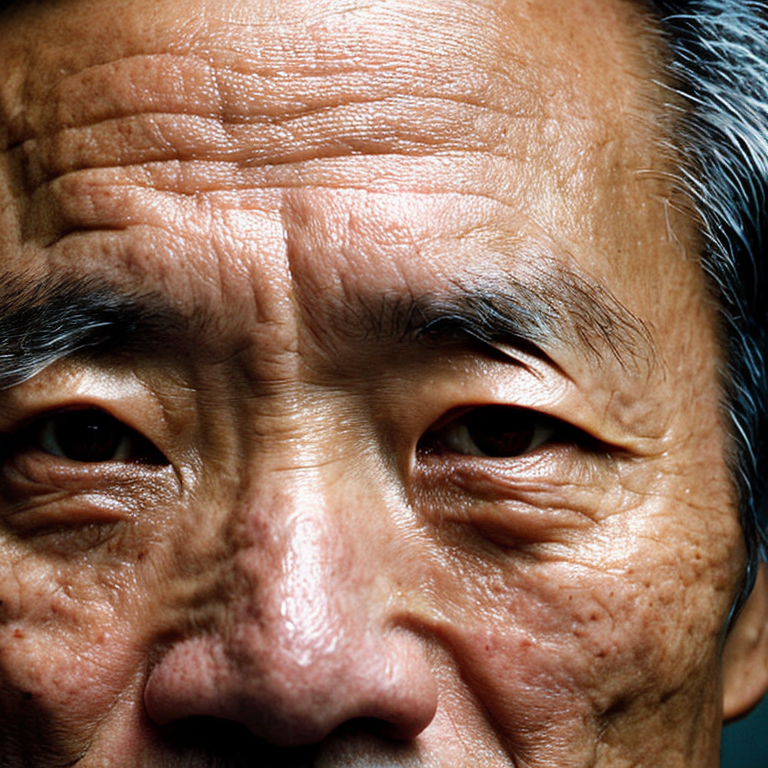Unraveling Tsung-Dao Lee
Tsung-Dao Lee is a Chinese-American physicist who won the Nobel Prize in Physics for his work on parity violation in weak interaction. Born in Shanghai in 1926, Lee was an exceptionally gifted student, graduating from high school at the age of 15. He attended the University of Chicago and obtained a Ph.D. in physics in 1950.
Lee is best known for his work with Chen Ning Yang on the problem of parity violation in weak interaction. Despite being told by the Nobel Committee that their work was “too speculative”, the two continued their research, and eventually produced the correct answer. In 1957, they were awarded the Nobel Prize in Physics for their work, making Lee the first Chinese citizen to receive the award.
Tsung-Dao Lee has since gone on to become an accomplished physicist and educator. He is a professor of physics at Columbia University, and he has also served as a visiting professor at many universities around the world, including Princeton and Harvard. He has also been an active participant in international physics conferences, and has served as a member of The National Academy of Sciences.
In addition to his scientific achievements, Tsung-Dao Lee has also been an advocate for science education. He has spoken at numerous conferences and events about the importance of science education, and he has also been a strong supporter of international collaboration in the sciences. He is a passionate believer in the power of science to improve our lives, and he has worked hard to promote science education and collaboration around the world.
Tsung-Dao Lee’s work and dedication to science has earned him numerous awards and honors, including the US National Medal of Science, the Wolf Prize in Physics, and the Enrico Fermi Award. He has also been recognized with honorary degrees from numerous universities, including the University of Chicago and Princeton.
As a scientist, Tsung-Dao Lee has made an incredible impact on the world of physics. His work on parity violation in weak interaction was groundbreaking and has had a lasting effect on the field of physics. His dedication to science education and international collaboration has also been incredibly important, and he has worked hard to make sure that everyone has access to the knowledge of science. Tsung-Dao Lee is truly an inspiring figure in the world of science, and he deserves all the recognition he has received.
Tsung-Dao Lee: Beyond Controversy
The Nobel Prize in Physics of 1957 was jointly awarded to Tsung-Dao Lee and Chen Ning Yang for their work on parity violation in the weak nuclear force. However, the story behind this award is full of controversy and surprise.
The controversy began when Robert Marshall Oppenheimer, the director of the Institute of Advanced Studies in Princeton, proposed that Lee be nominated for a Nobel Prize in 1955. This was met with opposition from some of the Institute’s members, who argued that Lee was too young and inexperienced to be considered for such a prestigious award. Oppenheimer stood firm and the nomination was submitted.
When the Nobel Prize was awarded in 1957, there were further controversies surrounding the decision. It was well established that Lee had made significant contributions to the field of particle physics, but some argued that he was not the sole architect of the parity violation theories. Chen Ning Yang was seen as the driving force behind the research, and many believed that he should have been awarded the Nobel Prize alone.
In addition, some felt that the Nobel Prize Committee had passed over the work of other physicists who had made important contributions to the field. It was argued that Wolfgang Pauli, Enrico Fermi, and Hideki Yukawa should have been recognized for their work as well.
Finally, there was another controversy around the awarding of the Nobel Prize to two Chinese scientists. Although Lee and Yang both were born in China, they were living in the United States at the time and were employed by American universities. This raised questions about the awarding of a Nobel Prize to two foreign citizens, and some argued that the decision was a political move.
Overall, the awarding of the Nobel Prize to Tsung-Dao Lee and Chen Ning Yang was met with controversy and surprise. Despite the opposition, the decision stands as a testament to the brilliance of both physicists, and their contributions to the field of particle physics.
Uncovering Tsung-Dao Lee: Secrets Revealed
Tsung-Dao Lee was the youngest Nobel Laureate in Physics ever, receiving the award at the age of 31 in 1957.
•In 1954, Lee and his colleague Chen Ning Yang proposed the Parity Law, which states that the laws of physics remain unchanged when particles are replaced with their mirror images.
•Lee was born in Shanghai, China on November 24, 1926.
•In 1945, Lee and Yang attended the same college in the United States, St. John’s University in New York City.
•Lee was a professor at Columbia University from 1967 to 1977.
•Lee was awarded the Nobel Prize for his contributions to the theory of elementary particles.
•In addition to his Nobel Prize in Physics, Lee received the Wolf Prize in Physics in 1983.
•Lee was the first Chinese physicist to receive a Nobel Prize.
•Lee was the first person of Chinese descent to travel in space, as a guest of the Soviet Union in 1988.
•Lee was the recipient of The National Medal of Science from the United States in 1986.
•Lee was a member of the Chinese Academy of Sciences and the Academia Sinica.
•Lee was a fellow of the American Physical Society and the American Academy of Arts and Sciences.
Tags: C.N.Yang, ChineseAcademyofSciences, ChineseAmerican, Chung-YaoLee, ColumbiaUniversity, InstituteforAdvancedStudy, Lee–Yangtheorem, NationalMedalofScience, NobelLaureate, NobelPrize, parityviolation, particlephysics, PekingUniversity, physics, quantummechanics, T.D.LeeInstitute, theoreticalphysics, Tsung-DaoLee, UniversityofChicago, Wu–Yangmonopole, Yang–MillsTheory
Tweet